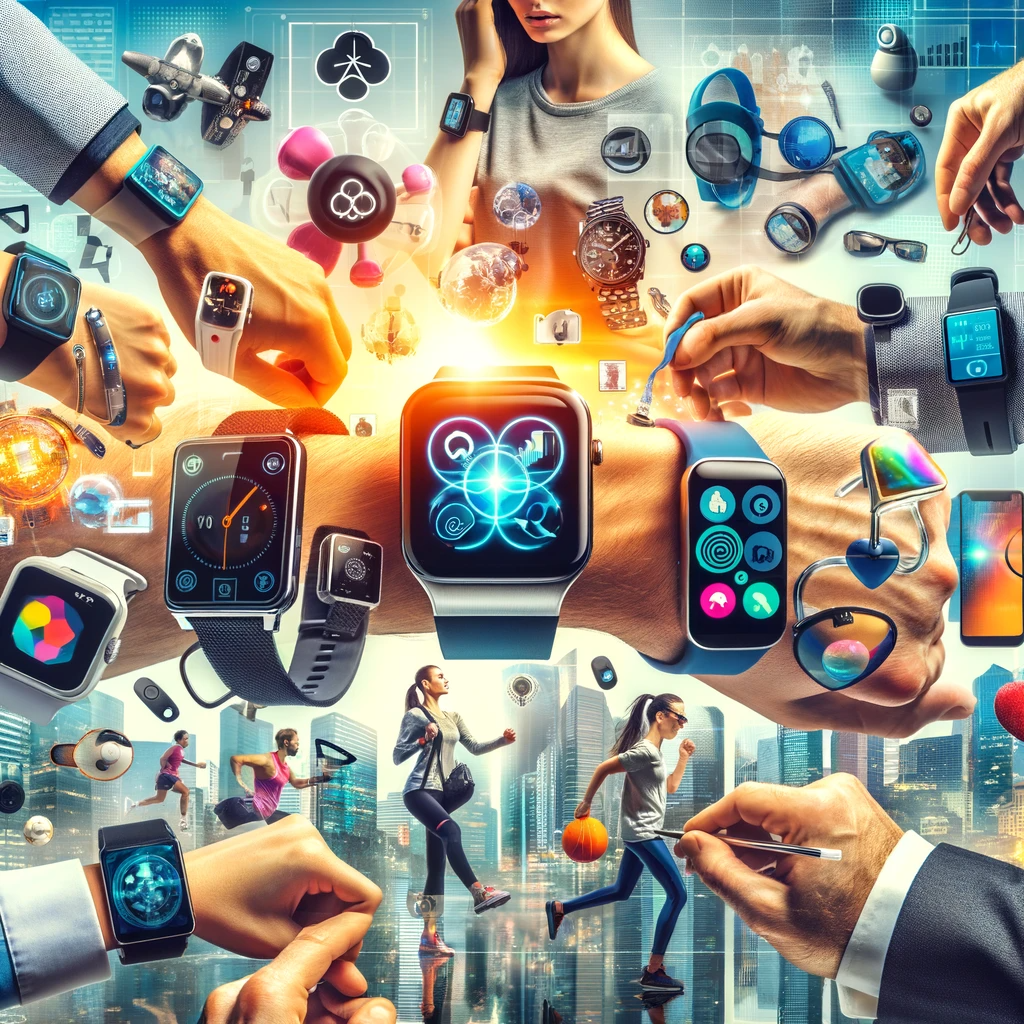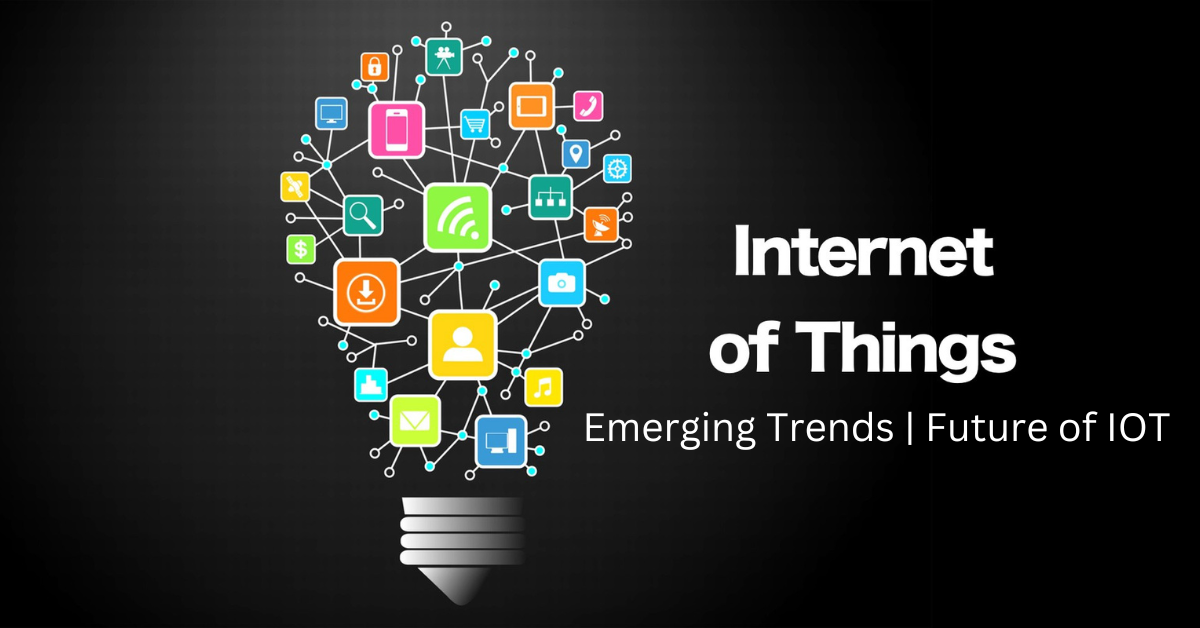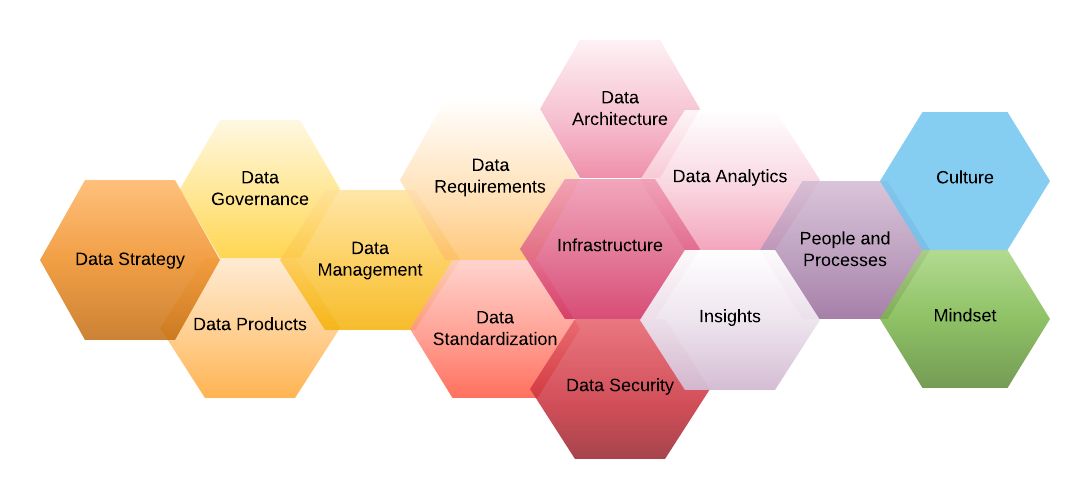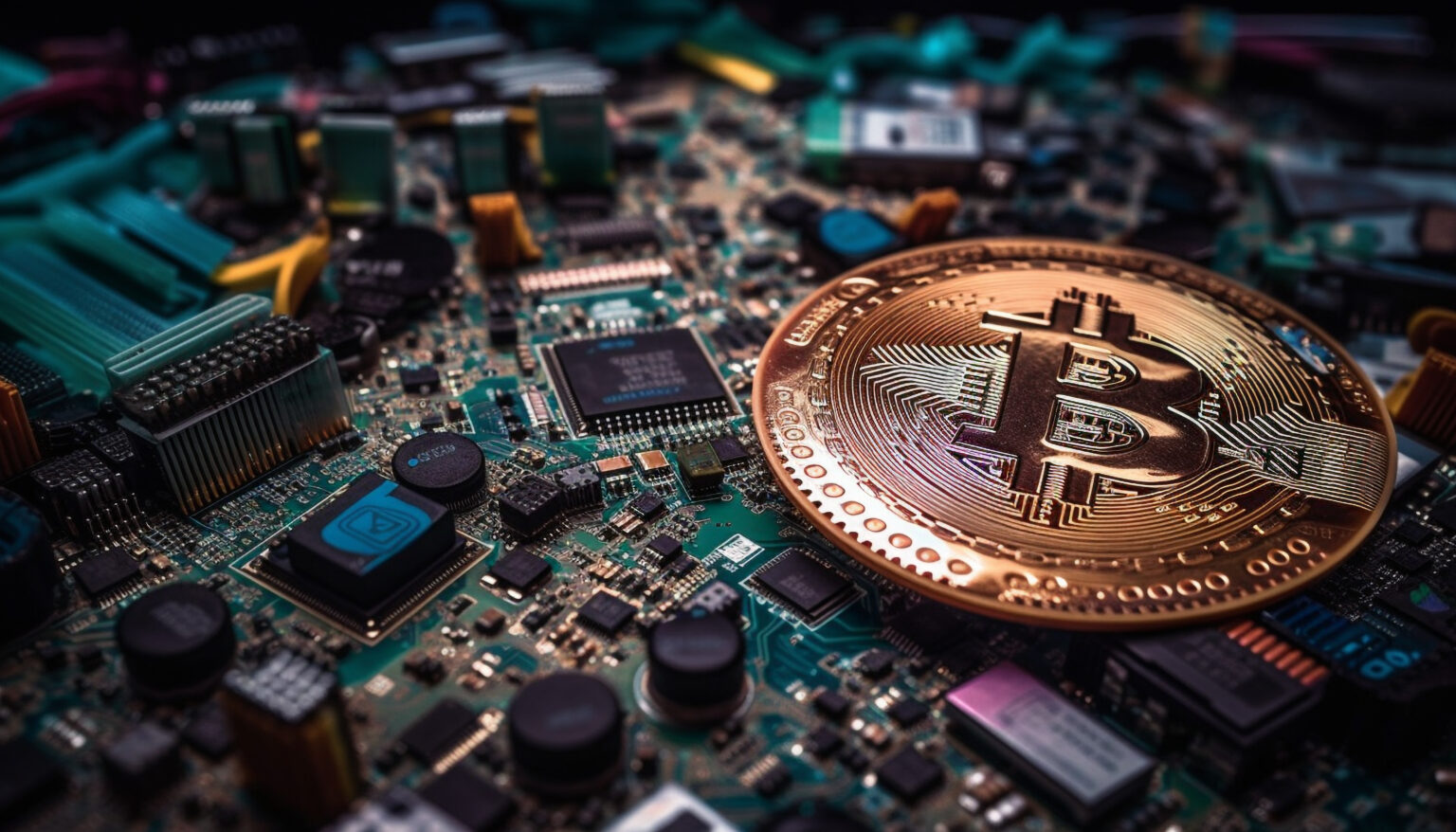Title: Beyond Accessories: The Evolution of Wearable Technology
Wearable technology has transcended its initial perception as mere accessories and has evolved into a transformative force that integrates seamlessly into our daily lives. From fitness trackers and smartwatches to augmented reality glasses and health-monitoring devices, wearable technology is revolutionizing how we interact with information, monitor our health, and enhance our productivity. In this exploration of the evolution of wearable technology, we will delve into its origins, advancements, applications, and the profound impact it has on various aspects of society.
Wearable technology traces its roots back to the early 20th century with inventions such as the wristwatch and the hearing aid. These early devices laid the foundation for the concept of wearable technology, demonstrating the potential to integrate technology into everyday accessories for practical purposes. However, it was not until the advent of digital technology and miniaturization in the late 20th and early 21st centuries that wearable technology truly began to flourish.
The proliferation of smartphones, sensors, and wireless connectivity paved the way for the development of a new generation of wearable devices that could monitor health metrics, track fitness activities, and provide real-time feedback to users. Fitness trackers, such as Fitbit and Garmin, emerged as early pioneers in the wearable technology market, enabling users to monitor their physical activity, track their exercise routines, and set fitness goals.
Smartwatches, initially conceived as extensions of smartphones, have evolved into versatile wearable devices that offer a wide range of functionalities beyond telling time. Today’s smartwatches can track fitness metrics, monitor heart rate, receive notifications, make payments, and even run third-party applications, transforming them into indispensable tools for managing our digital lives on the go.
In addition to fitness and communication, wearable technology is making significant strides in healthcare, enabling remote monitoring, personalized medicine, and early disease detection. Wearable health-monitoring devices, such as continuous glucose monitors (CGMs) and smart insulin pumps for diabetes management, provide real-time insights into patients’ health status, helping them make informed decisions about their treatment and lifestyle choices.
Moreover, wearable devices are empowering individuals to take control of their mental well-being through stress tracking, mindfulness exercises, and sleep monitoring. Wearable devices equipped with biometric sensors and AI algorithms can detect signs of stress and anxiety, provide guided meditation sessions, and analyze sleep patterns to optimize sleep quality and duration.
Wearable technology is also finding applications in industries such as sports, entertainment, and education, offering immersive and interactive experiences that enhance engagement and learning. Augmented reality (AR) glasses, such as Microsoft HoloLens and Google Glass, overlay digital information onto the physical world, enabling users to access contextual information, visualize complex data, and interact with virtual objects in real-time.
In sports and fitness, wearable technology is revolutionizing training and performance analysis, providing athletes with real-time feedback on their movements, technique, and biomechanics. Wearable sensors embedded in clothing and equipment can track athletes’ performance metrics, monitor fatigue levels, and prevent injuries by providing personalized training recommendations and adjustments.
The evolution of wearable technology has been fueled by advancements in miniaturization, sensor technology, battery life, and connectivity, enabling devices to become smaller, more powerful, and more energy-efficient. The integration of artificial intelligence and machine learning algorithms has further enhanced the capabilities of wearable devices, enabling them to analyze data, learn user preferences, and adapt to changing environments.

However, the widespread adoption of wearable technology also raises concerns about privacy, data security, and ethical implications. Wearable devices collect a wealth of sensitive personal data, including health metrics, location information, and biometric data, raising questions about who has access to this data and how it is being used. Organizations must prioritize data privacy and security measures to safeguard users’ personal information and ensure compliance with regulations such as the General Data Protection Regulation (GDPR) and the Health Insurance Portability and Accountability Act (HIPAA).
In conclusion, wearable technology has evolved far beyond mere accessories to become powerful tools that enhance our health, well-being, and productivity. From fitness trackers and smartwatches to augmented reality glasses and health-monitoring devices, wearable technology is transforming how we interact with information, monitor our health, and engage with the world around us. As wearable technology continues to evolve and innovate, it holds the potential to revolutionist industries, empower individuals, and shape the future of human-computer interaction in the digital age.


